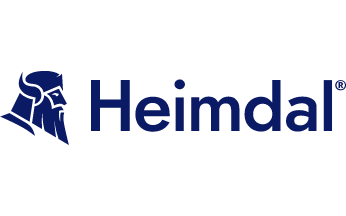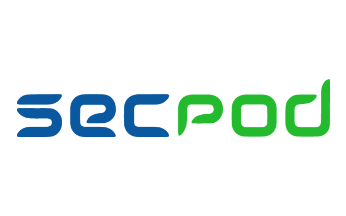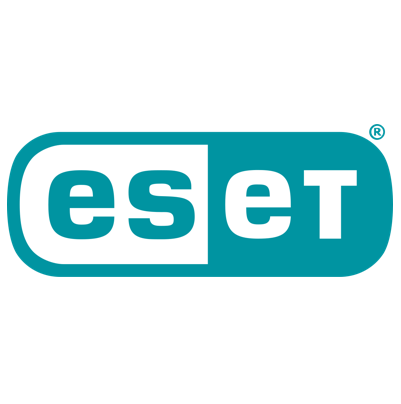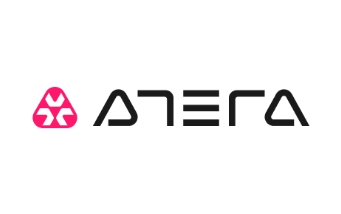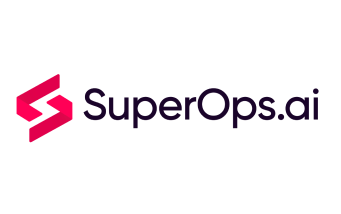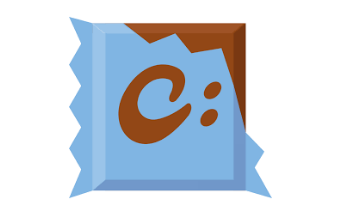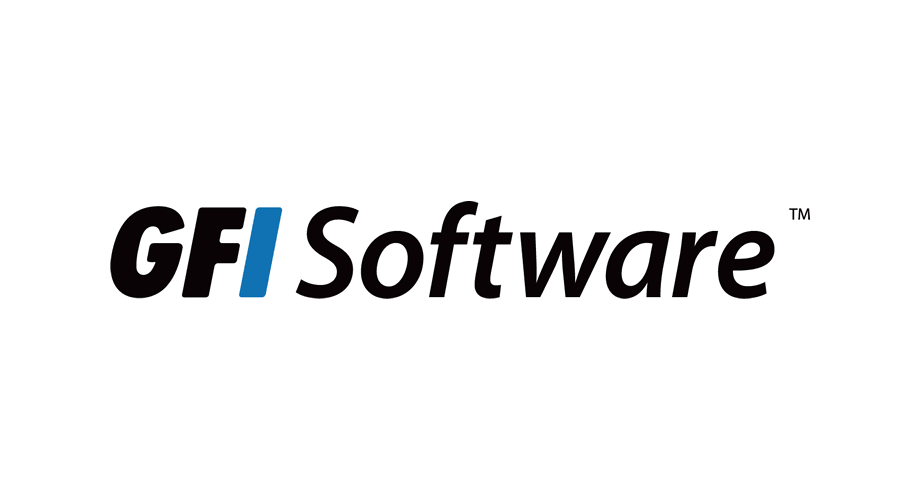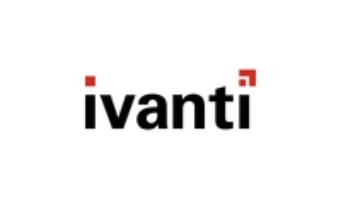Patch Management: Everything You Need To Know (FAQs)
What Is A Software Patch?
A software patch or “bug fix” is a piece of code that’s inserted into the code of an existing program to fix a problem, or bug, within that program to improve its security or functionality. A patch can also be used to add new features to a program. In other words, it “patches” up a hole or makes the original program stronger, like a fabric patch would on a worn pair of jeans.
What Is Patch Management?
Patch management is the process of regularly identifying, acquiring, deploying, and verifying new software updates for network devices, as well as the software installed on those devices. Included in this are updates for operating systems, application code, and embedded systems such as servers. In patch management, an individual, team, or automated software will be tasked with determining which tools need patching, which patches are essential, and when these modifications need to be made.
How Does Patch Management Work?
Patch management is the process of maintaining version consistency across the software and operating systems across your network so that they’re all running as efficiently, effectively, and securely as possible. To do this manually would require an incredible amount of resource, as it involves identifying which machines and apps need updating, then locating the relevant patch from the provider’s website, and installing that patch on each machine.
A patch management solution downloads patches on the IT team’s behalf and distributes them automatically in line with admin-defined policies. It also alerts admins to unsuccessful patch deployments, and usually offers a roll-back feature to remove a patch if it isn’t working correctly.
Why Is Patch Management So Important?
Without a doubt, difficulties or delays in applying software patching is among the most significant threats to a company’s security today. Apps and software that are behind on the latest updates are some of the easiest avenues for hackers to infiltrate an organization.
Newly released patches often come with the disclosure of the security risk the patch is designed to fix. For attackers this information is a gift; after all, why spend time and energy attempting to uncover vulnerabilities when you can simply read up on the latest patch for a third-party component and specifically target those users? It is not uncommon for users to put off applying patches as many of them have busy days and lots of work to get on with—attackers know this and are more than happy to exploit this window of opportunity by targeting unpatched systems.
Many organizations are turning to patch management tools to help facilitate good patch management and fortify the organization against security risks, human error, and maintain a strong security posture.
What To Consider When Choosing A Patch Management Solution
Keeping software and an entire infrastructure appropriately updated in a timely manner is not easy but is absolutely necessary in an age where software companies must be constantly vigilant to avoid cyber threats. Patch management systems’ that follow an appropriate patch management policy can achieve this security posture by facilitating patch deployment, patch installation, managing existing patches, and effectively narrowing the window for security vulnerabilities.
The global patch management software market was valued at $264.79 million in 2022, with an expected rise to $353.97 million by the year 2030. A patch management system allows IT teams to maintain their users’ devices, monitor software and middleware for updates, and enable automated patch management software updates across all points to remain up to date, keeping the business protected against potential attacks.
When deciding on the right patch management software vendors to trust with their vulnerability management, companies should first examine their patch status and effective patch management requirements. Beyond that, there are a few key factors that all organizations should consider, which are:
- Ease Of Use: Even non-tech savvy people should be able to navigate the patch management tool with relative ease.
- Frequent Updates: It is important to have the latest security patches and features in place so the software should be frequently updated.
- Strong Customer Support: As with any software good customer support is important, which should include community forums where users can share insights.
- Comprehensive Library Of Updates: The library of updates provided by the solution should cover a vast range of software updates, so you don’t need to go looking for them yourself.
- Price: Affordability will vary widely from one organization to the next, but organizations are advised to pick a solution that fits safely into their budget. It is also a good idea to look for a solution with a free trial, to ensure it is a good fit before making the purchase.
Why Do We Need Patch Management?
Patch management helps organizations to secure their IT environment and keep their network patched. When considering the benefits of patch management, important key reasons include:
Security
This is the big one and the most obvious benefit of patch management. Proper patch management can significantly improve security by addressing the unavoidable vulnerabilities that arise over time in software and operating systems. A common cause of network security breaches is missing patches in operating systems and other applications. By properly managing patches you can be sure security updates are being made, leaving no gaps in the armor for breaches that could cause damage to software, data loss, and identity theft. Malware can spread very quickly once it has been introduced to the system, so it is important to ensure updates are done without delay to reduce cyber risk.
Compliance
With cyber-attacks continually on the rise with no sign of stopping, organizations are often required to take certain steps to maintain a level of compliance required by regulatory bodies. Applying the latest patches may be mandated by these regulatory bodies due to how patch management can help with adherence to security best practices and compliance standards. Noncompliance may result in stiff penalties, so implementing a good patch management process is a worthwhile investment to ensure compliance with the right standards.
Feature Improvements
Patches are not always just about bug fixes; they also facilitate feature/functionality updates. Software needs to be constantly evolving and innovating, with new security features and functionality designed to improve the user experience—helping users to work smarter and more efficiently. This new functionality often comes in the form of software patches and can be critical to ensuring you have access to the most updated version of a product and are getting the most out of it that you can.
Productivity
Patch management keeps software and applications up to date and running smoothly, supporting system uptime. Computers can crash due to defective software, which can lead to a reduction in productivity levels. Good patch maintenance helps by minimizing the likelihood of crashes and downtime, so employees can get on with their daily tasks uninterrupted.
Bring Your Own Device
In recent years there has been an increase in hybrid work and the use of cloud platforms to ensure the modern corporate network is diverse and flexible, both in terms of location and composition. Employees interchangeably use their office and their personal devices to do their work, which opens up new avenues of opportunity for cyberattacks, meaning that personal devices need to be secured as well to avoid a breach from occurring. A good patch management solution can elevate this increased risk by installing patches across all devices, regardless of their physical location, and effectively addressing the security challenges that come with using personal devices for work.



